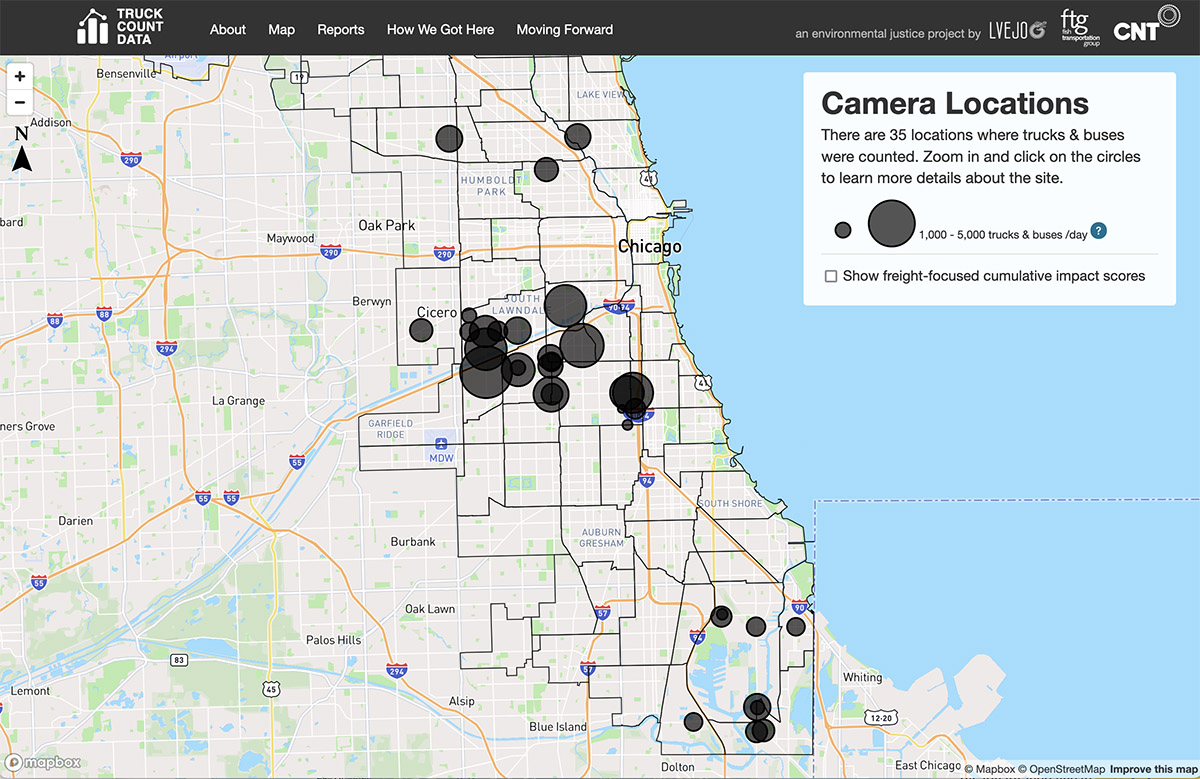A greenhouse gas emissions inventory was conducted for Chicago and its metropolitanregion for the years 2000 and 2005. Emissions ofcarbon dioxide, methane, nitrous oxide, hydrofluorocarbons, perfluorocarbons, and sulfur hexafluoride totaled 34.7 millionmetric tons of carbon dioxide equivalents (MMTCO2e) in Chicago in 2000 with 91 percent of emissions attributable to the indirect emissions associated with electricity consumption, the direct emissions of natural gas use, and the direct emissions of the transportation sector. A portfolio of 33 potential emissions reduction strategies was analyzed that, implemented together, could meet Chicago’s target of reducing greenhouse gas emissions to 25 percent below 1990 levels by 2020. The largest potential for reduction is found in the areas with the largest emissions—energy use in buildings and transport. Compared to its metropolitan region, Chicago is found to have existing transportation efficiencies on a per household basis that can be an example for other communities.
-
Who We Are
About CNT
Center for Neighborhood Technology is a leader in promoting more livable and sustainable urban communities.
-
What We Do
We make cities work better
CNT delivers innovative analysis and solutions that support community-based organizations and local governments to create neighborhoods that are equitable, sustainable, and resilient.

“CNT is doing a really good job convening groups that are working on equity within the Chicago region.”
~ Mary Buchanan, Transit Center
-
Our Work
Project Spotlight
Chicago Truck Data Portal
CNT and the Little Village Environmental Justice Organization counted trucks and buses throughout Chicagoland. -
Publications
Recent Publications
-
Stories
Latest PostsNovember 20, 2025October 25, 2025August 24, 2025




 Strengthening Transit Through Community Partnerships
Strengthening Transit Through Community Partnerships